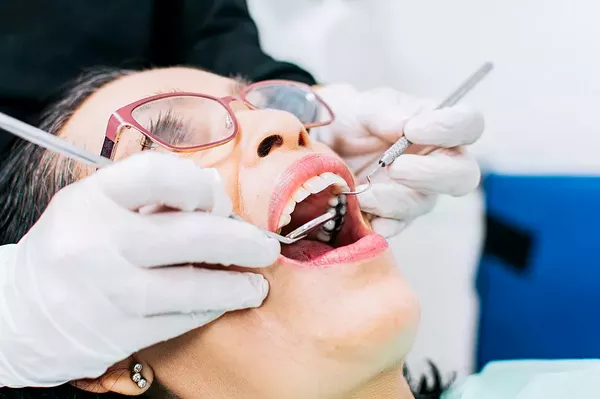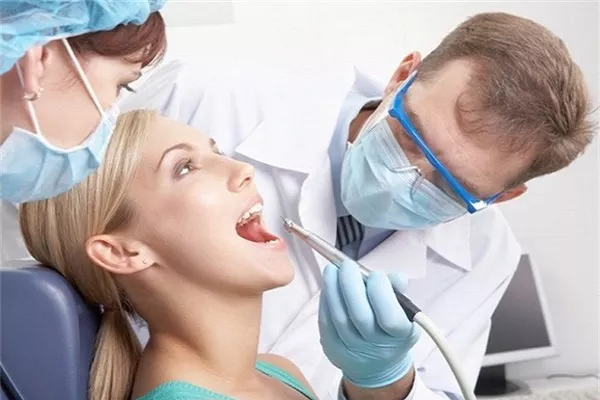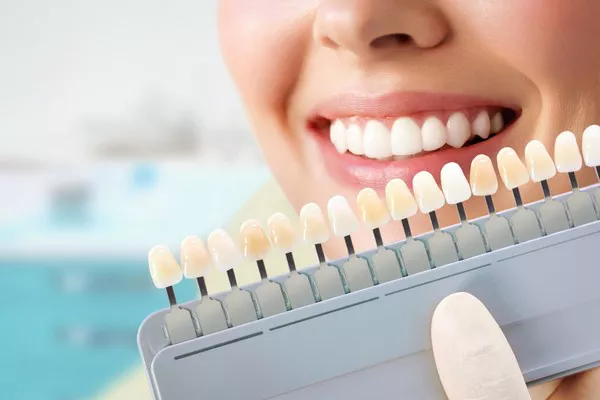Periodontal disease, commonly known as gum disease, is a prevalent oral health condition affecting millions of individuals worldwide. While it can be a serious and progressive condition, the good news is that with proper care and treatment, it is possible to reverse its effects and restore gum health. In this article, we will delve into the various aspects of periodontal disease, from its causes and stages to preventative measures, professional dental care, treatment options, lifestyle factors, home remedies, and the importance of seeking timely professional help. Additionally, we will share inspiring success stories of individuals who have successfully managed or reversed their periodontal disease.
Explanation of Periodontal Disease
Periodontal disease is a chronic inflammatory condition that affects the gums and supporting structures of the teeth. It typically begins with the accumulation of plaque, a sticky film of bacteria that forms on the teeth. When plaque is not adequately removed through regular brushing and flossing, it can harden into tartar (also known as calculus), which can only be removed by a dental professional.
As tartar builds up along the gumline, it irritates the gums, leading to inflammation known as gingivitis. If left untreated, gingivitis can progress to periodontitis, the more advanced stage of periodontal disease. Periodontitis involves the destruction of the gum tissue and bone that support the teeth, eventually leading to tooth loss if not properly managed.
Symptoms of periodontal disease include:
- Swollen, tender, or red gums
- Gums that bleed easily, especially during brushing or flossing
- Persistent bad breath or a bad taste in the mouth
- Receding gums or teeth that appear longer than usual
- Loose or shifting teeth
- Changes in the way teeth fit together when biting
- Preventative Measures
Preventing periodontal disease starts with practicing good oral hygiene habits. This includes brushing your teeth twice a day with fluoride toothpaste, flossing daily to remove plaque and debris from between the teeth, and using an antiseptic mouthwash to help reduce bacteria.
It’s also essential to maintain a balanced diet and avoid sugary snacks and drinks, which can contribute to plaque formation. Additionally, avoiding tobacco products and limiting alcohol consumption can help reduce the risk of gum disease.
Regular dental check-ups are crucial for early detection and prevention of periodontal disease. During these visits, your dentist will examine your teeth and gums, perform a professional cleaning to remove plaque and tartar, and provide personalized recommendations for maintaining optimal oral health.
Professional Dental Care
Professional dental care plays a pivotal role in managing and reversing periodontal disease. For individuals with early-stage gum disease (gingivitis), professional cleanings and improved oral hygiene at home may be sufficient to reverse the condition.
For those with more advanced periodontitis, non-surgical treatments such as scaling and root planing may be recommended. Scaling involves removing plaque and tartar from above and below the gumline, while root planing smooths the tooth roots to help prevent bacteria from re-attaching. These procedures are typically performed under local anesthesia for maximum comfort.
In cases where periodontal disease has caused significant damage to the gums and supporting structures, surgical interventions such as flap surgery may be necessary. Flap surgery involves lifting the gums to access and remove tartar deposits and then repositioning the gums to promote healing. Other surgical options include bone grafts to regenerate lost bone tissue and soft tissue grafts to augment receding gums.
Lifestyle Factors
Certain lifestyle factors can either exacerbate or help manage periodontal disease. Smoking, for example, is a significant risk factor for gum disease and can impair the body’s ability to heal damaged gum tissue. Quitting smoking can dramatically improve gum health and increase the success rate of periodontal treatments.
Managing underlying health conditions such as diabetes is also essential for controlling periodontal disease. Diabetes can compromise the body’s immune response, making it harder to fight off gum infections. By properly managing blood sugar levels, individuals with diabetes can reduce their risk of developing or worsening periodontal disease.
Maintaining a healthy diet rich in fruits, vegetables, lean proteins, and whole grains can also support gum health. Certain nutrients, such as vitamin C and omega-3 fatty acids, have anti-inflammatory properties that can help reduce gum inflammation and promote healing.
Home Remedies
In addition to professional dental care, there are several home remedies that can help manage the symptoms of periodontal disease and support gum health. One popular home remedy is saltwater rinses, which can help reduce inflammation and soothe sore gums. To make a saltwater rinse, simply dissolve half a teaspoon of salt in a glass of warm water and swish it around your mouth for 30 seconds to a minute before spitting it out.
Another effective home remedy is oil pulling, an ancient practice that involves swishing oil (such as coconut oil or sesame oil) around your mouth for 15-20 minutes before spitting it out. Oil pulling is believed to help remove bacteria from the mouth and reduce plaque buildup, although more research is needed to confirm its effectiveness.
When to See a Dentist
It’s essential to pay attention to any signs or symptoms of periodontal disease and seek prompt dental care if you notice any changes in your oral health. Some red flags that indicate the need for immediate professional evaluation include:
- Persistent gum bleeding, especially when brushing or flossing
- Loose or shifting teeth
- Receding gums or changes in the way your teeth fit together when biting
- Severe pain or swelling in the gums or jaw
- Ignoring these symptoms can lead to further progression of the disease and potential tooth loss. Early
- intervention is key to preventing irreversible damage and restoring gum health.
Success Stories
While periodontal disease can be a challenging condition to manage, many individuals have successfully reversed its effects with proper treatment and care. One such success story is that of Sarah, a 45-year-old woman who had been struggling with gum disease for several years. Despite diligent brushing and flossing, Sarah’s gums continued to bleed and recede, causing her to feel self-conscious about her smile.
Upon visiting her dentist, Sarah was diagnosed with advanced periodontitis and underwent scaling and root planing to remove the tartar buildup and smooth her tooth roots. She also committed to quitting smoking and making dietary changes to support her gum health.
With regular follow-up visits and diligent home care, Sarah’s gum health gradually improved, and she no longer experienced bleeding or discomfort. Today, Sarah continues to prioritize her oral health and is proud to have reversed the effects of periodontal disease.
Conclusion
Periodontal disease is a common but treatable condition that requires a comprehensive approach to management and prevention. By practicing good oral hygiene habits, seeking regular dental care, making lifestyle changes, and exploring both professional and home remedies, individuals can effectively manage or even reverse the effects of gum disease. If you suspect you may have periodontal disease or are experiencing any symptoms, don’t hesitate to consult with your dentist for personalized guidance and treatment. With the right care and commitment, a healthy smile is within reach.
FAQs About Periodontal Disease
1. Can you recover from periodontal disease?
Yes, recovery from periodontal disease is possible, especially with early detection and appropriate treatment. The extent of recovery depends on various factors such as the severity of the disease, overall oral health, and adherence to treatment and maintenance plans prescribed by your dentist or periodontist.
2. Can you live a long life with periodontitis?
While periodontitis can have serious consequences if left untreated, it is possible to manage the condition effectively and lead a long and healthy life. Proper dental care, including regular professional cleanings and maintaining good oral hygiene practices, can significantly reduce the progression of periodontitis and its associated risks.
3. How long does it take to reverse periodontal disease?
The time it takes to reverse periodontal disease varies depending on several factors, including the severity of the disease, the effectiveness of treatment, and individual oral health habits. In some cases, improvement can be seen within a few weeks to months of initiating treatment, while more advanced cases may require longer periods to achieve significant reversal. It’s essential to work closely with your dentist or periodontist to monitor progress and adjust treatment as needed.
4. Can I reverse periodontal disease naturally?
While some natural remedies and lifestyle changes may help support overall gum health and complement professional treatment, reversing periodontal disease typically requires a comprehensive approach that includes professional intervention. Good oral hygiene practices, such as regular brushing, flossing, and using antimicrobial mouth rinses, can aid in managing the disease. However, for significant reversal, it’s crucial to seek professional guidance and treatment from a qualified dental professional. They can provide tailored recommendations and interventions based on your specific needs and the severity of your condition.





























